Geely and BYD: Both Winners in the Sub-100,000 Market?
![]() 02/14 2025
02/14 2025
![]() 542
542
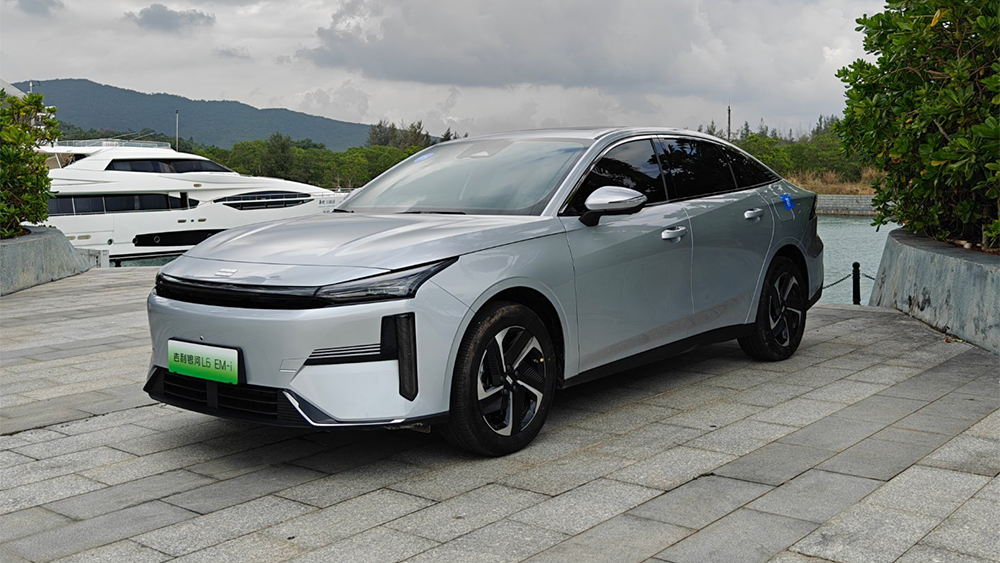
The Year of the Snake began with waves of innovation, particularly in the realm of intelligent technology. On February 10, BYD introduced high-speed NOA intelligent driving to models priced below 100,000 yuan (such as the Seagull, Dolphin, Qin PLUS, Qin L, etc.). Just two days later, Geely made Flyme Auto smart cabin a standard feature across the entire lineup of the Yinhe L6 EM-i, which starts at 79,800 yuan. Given that the starting prices of the Yinhe L6 EM-i and the Qin PLUS are identical, and both employ the P1+P3+single-gear DHT plug-in hybrid technology configuration, a new question arises: Among vehicles priced under 100,000 yuan, which boasts more advanced technology? What are the key differences in their core technologies?
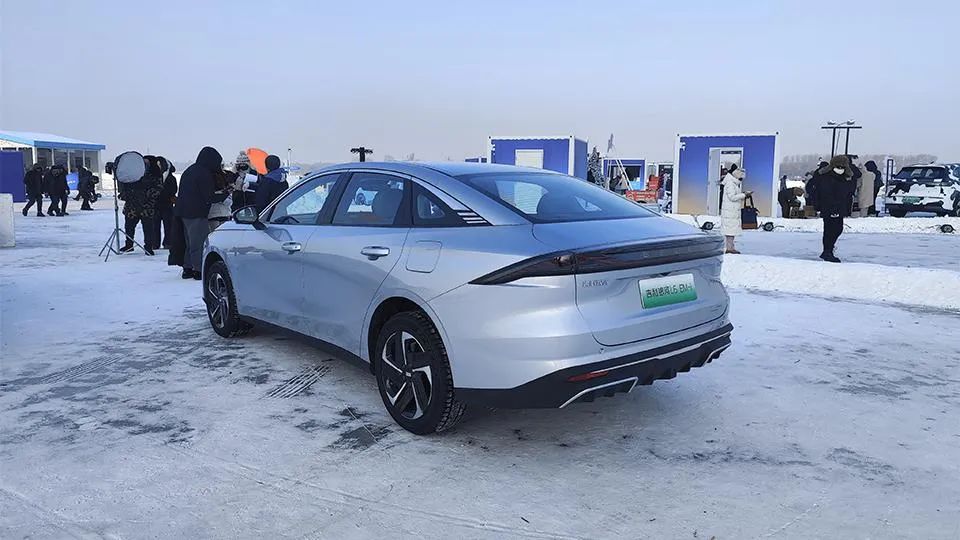
Can AI-managed energy consumption outperform the 5th-generation DM-i?
Currently, both BYD and Geely have achieved remarkable efficiency, with measured feed-in fuel consumption of approximately 2L per 100km and comprehensive ranges of about 2,000km through their respective DM-i and EM-i technologies. While these outcomes seem comparable, suggesting a technical similarity, there are notable distinctions. Within the P1+P3 economical plug-in hybrid architecture, the primary approach to achieving extremely low feed-in fuel consumption involves fine-tuning engine and motor power, alongside selecting an appropriate battery pack capacity. A deeper dive reveals that it also involves meticulously controlling energy management efficiency.
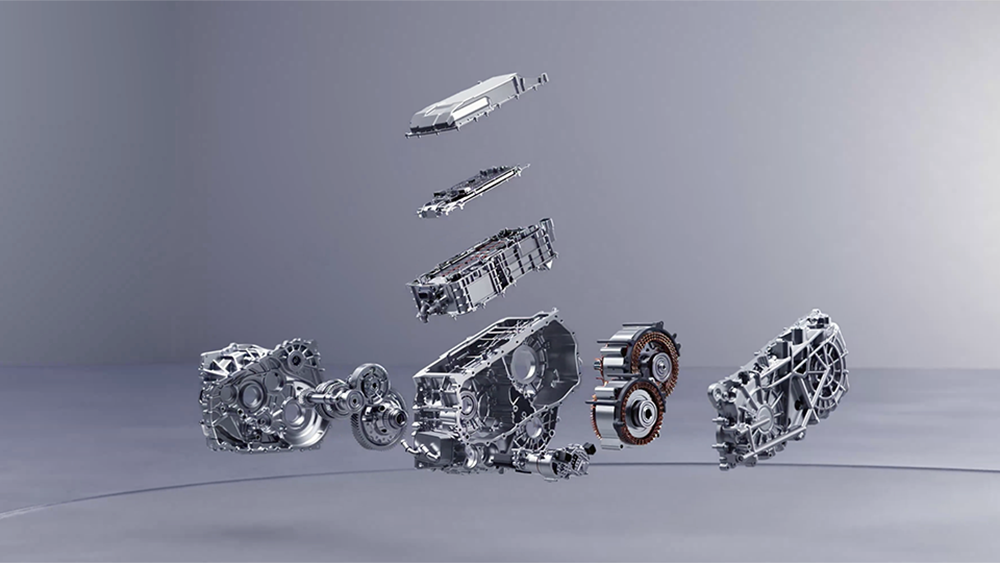
Starting with the hardware, both technologies share two primary similarities. First, they both utilize coaxial P1 motors. Second, their driving concepts emphasize electricity as the primary power source, minimizing the role of direct engine drive. This means the combustion chamber must operate at high efficiency to drive the P1 motor and generate electricity frequently. The use of a coaxial P1 motor simplifies the design by bypassing the gear set structure, reducing losses, and enhancing assembly efficiency. This is a significant change in the 5th-generation DM-i technology. By mounting it directly on the engine crankshaft, mechanical reaction power connection is minimized, naturally enhancing efficiency. The critical difference lies in the utilization strategies of engine and motor power in these two technologies.

To push feed-in fuel consumption to its limits, the underlying logic is to broaden the motor's operating range and handle as many speed and acceleration demands as possible. In this regard, Geely chose to boost the motor power to 160 kilowatts and peak torque to 262 Nm, employing a double-ended X-Pin flat wire winding that allows the motor to reach 18,000 rpm. Conversely, the Qin PLUS, after switching to the 2025 intelligent driving version, uses a motor with a system power of 120 kilowatts (132 kilowatts for the 24-model 55km version and 145 kilowatts for the 120km version). Evidently, BYD's strategy prioritizes maximizing the engine's power generation efficiency, whereas Geely aims to leverage the motor's mid-to-high speed range to cover electricity-prioritized acceleration demands. This directly impacts pure electric mode acceleration performance. When the battery level drops below a certain threshold, the engine starts charging and switches between series and parallel modes based on speed and acceleration requirements. This logic is similar to the 5th-generation DM-i, with the specific difference lying in the engine's optimal torque speed setting.
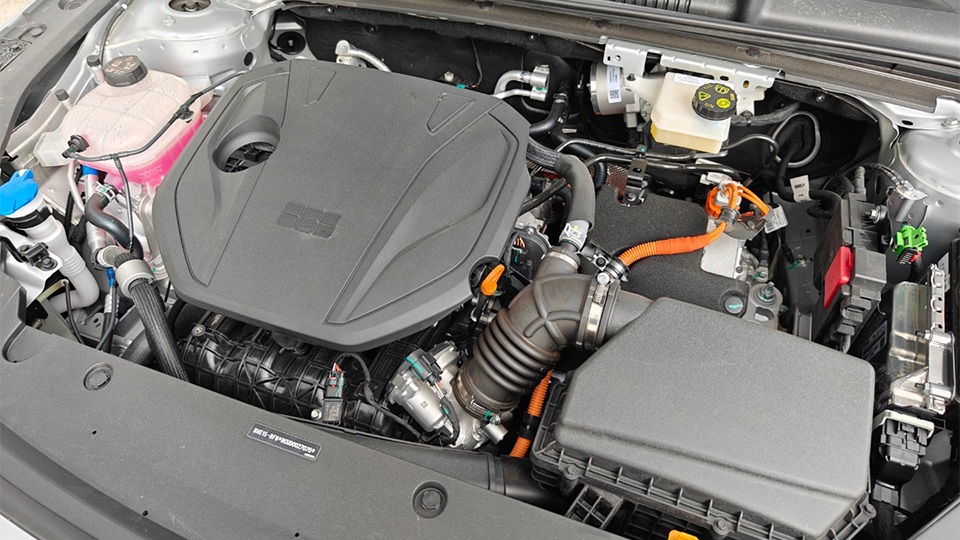
The BHE15-BFN engine equipped in the Yinhe L6 EM-i is derived from the previously highlighted high-speed performance BHE15 series. Features such as 350Bar multi-point electronic fuel injection, an aluminum alloy cylinder block, an electronic water pump, and a low-pressure EGR focus on reducing friction and enhancing efficiency. For the entire plug-in hybrid architecture, its peak torque of 136 Nm is particularly advantageous, boosting the operating efficiency of the coaxial P1 motor. After adjusting the motor, the Qin PLUS intelligent driving version also made modifications to the engine, shifting from BYD472QA to BYD472QC. While the model remains largely unchanged, technologies like pre-catalytic exhaust gas recirculation (EGR), variable lubrication, multi-point electronic fuel injection, and high tumble intake ports are still utilized. However, the power is reduced by another 7 kilowatts, further diminishing the role of direct engine drive. In summary, both technologies achieve fuel savings through their core components, but the former retains the performance foundation of direct engine drive, while the latter has a more singular focus on fuel economy.
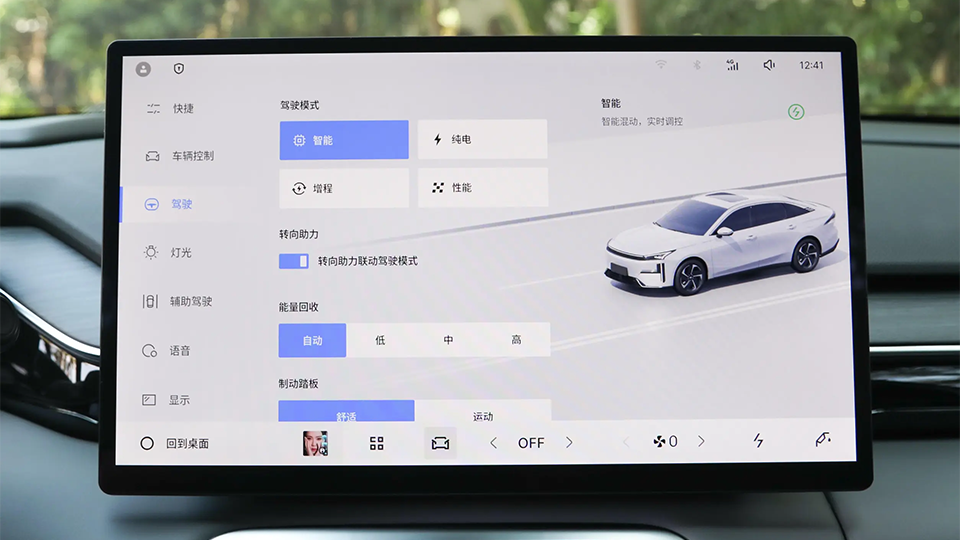
Interestingly, Geely introduced the "AI Cloud Power" system for the first time in its electric hybrid sedan. Essentially, "AI Cloud Power" is an intelligent energy consumption management system. Beyond adjusting the oil-electric power distribution strategy, it performs predictive energy consumption management for the engine and battery, leveraging navigation data to anticipate power demands in diverse scenarios. Simply put, when driving short distances in the city, the system calculates and compares the pure electric range, initiating engine charging when appropriate to prioritize electricity use. Or, when entering an elevated ring road, it seamlessly switches between series and parallel modes, engaging the clutch for direct drive only during rapid acceleration. The essence is to maximize the synergistic effect of the engine and motor system. With software-level support, theoretically, the new car has the potential to be more efficient than the 5th-generation DM-i.
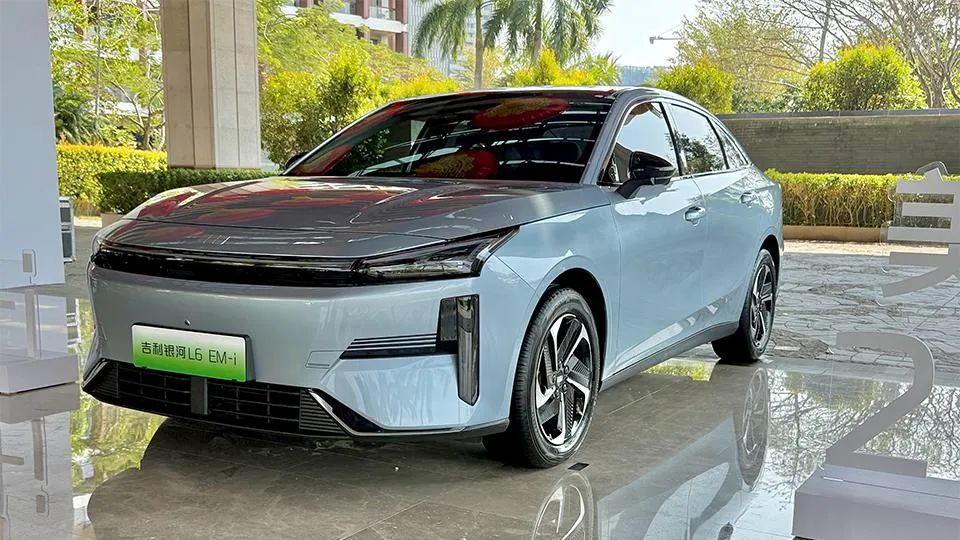
Equipped with an E-type multi-link rear suspension, can the Yinhe L6 EM-i's comfort performance rival B-segment sedans?
For sedans, if an extended-range vehicle needs to accommodate a rear axle motor, it's impractical to use a torsion beam suspension that spans the rear axle. However, for plug-in hybrids primarily focused on economy and priced under 100,000 yuan, using a torsion beam with more manageable costs seems reasonable. The torsion beam rear suspension, with its simplicity and lower cost, has traditionally been at the bottom of the suspension technology pecking order. Yet, French cars in the fuel era have proven that with proper tuning, it's entirely possible for comfort and stability to match or even surpass multi-link structures. Nonetheless, considering time, manufacturing costs, and tuning difficulty, directly employing multi-link suspension would yield more immediate results.
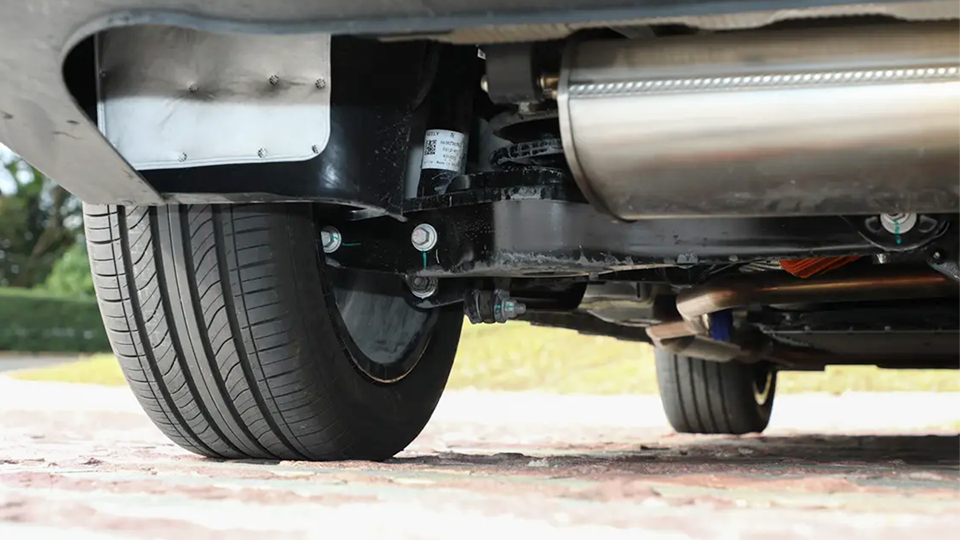
The Qin PLUS intelligent driving version did not alter the rear suspension structure. The spring seat and lower control arm continue to use double-layer stamping, with separate shock absorber and spring assembly, bushings, and rubber elastic elements. For this price range, the comfort performance is considered mid-level. As for the Yinhe L6 EM-i's E-type four-link suspension, the spring seat structure resembles that of a torsion beam, but in reality, the two trailing arms are each connected to a torsion bar spring. The thicker steel tube structure in the middle of the two torsion bars serves as the rotating shaft for the trailing arms, with the anti-roll bar sleeved inside this steel tube. Therefore, this part of the structure also doubles as part of the rear subframe. From a motion force transmission perspective, the stress generated after the rear wheel bounces passes through the coil spring and trailing arm to the steel tube, reducing impact and torsional forces. A portion of the vibration and torsional forces is then transmitted to the body structure. Essentially, the E-type four-link suspension is superior to the traditional torsion beam. While its ability to mitigate longitudinal rebound of the rear suspension isn't as good as a standard five-link suspension, in terms of driving and riding dynamics, it can essentially match the level of an entry-level B-segment sedan.
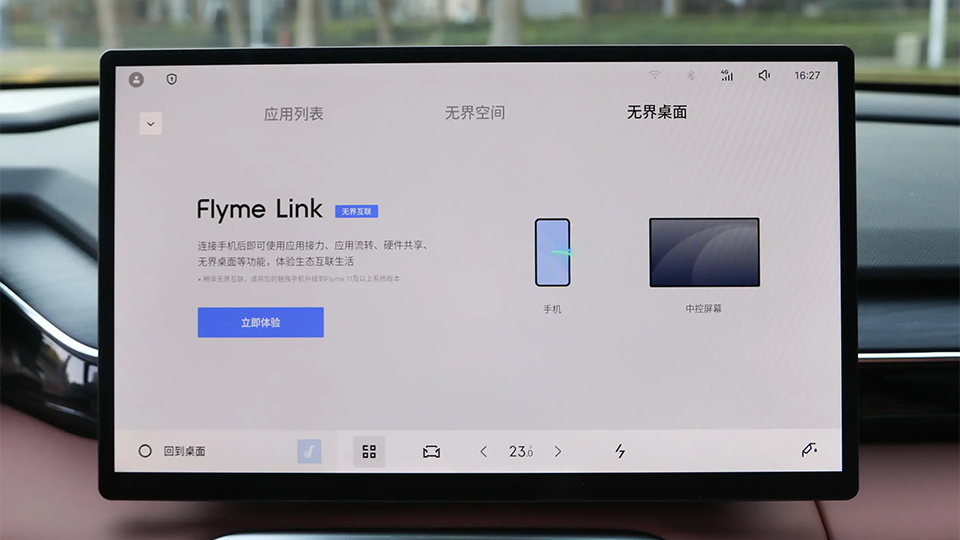
For the Qin PLUS intelligent driving version and the Yinhe L6 EM-i, intelligent equipment is an unavoidable point of competition. The former is equipped with a three-camera and Orin N+5R12V12U sensing hardware solution, adding high-speed piloting and urban commuting modes to its basic functions like LCC, LKAS, and BSD. However, these advanced features are only available in the entry-level 93,800-yuan Qin PLUS intelligent driving version transcendent model. The latter, meanwhile, focuses on the smart cabin, with Flyme Auto being a standard feature across the entire lineup. Flyme Auto is no stranger, utilizing a Qualcomm 8155 chip with an 8-core GPU operating at 3.6 million operations per second, 8 TOPS of AI computing power, and an NPU operating frequency of 900 MHz. This ensures smooth processing of images and video files. Features like smart bar, small window mode, and boundless space are also seamlessly integrated with mobile devices. The 7nm process enhances integration, allowing for smaller packaging on wafers of the same size, which enables faster response times and higher clock speeds for the chip.
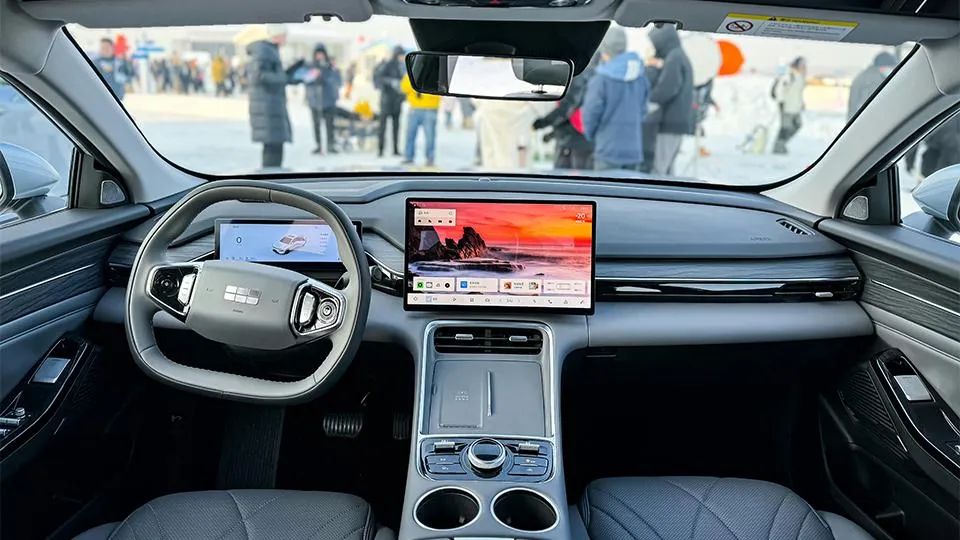
Regarding future integration with the DeepSeek large model, the prospects are generally not high. On one hand, its primary function is to assist in end-to-end model reasoning and training. On the other hand, if its sole purpose is to enhance in-cabin voice interaction, Flyme Auto can already cover most commands. Of course, it's not out of the question that Geely Yinhe will also equip the Xingrui AI in future models. Reviewing the situation, the conclusion is clear: Among vehicles priced under 100,000 yuan, both cars offer distinct advantages in intelligent driving and smart cabins. However, with similar fuel consumption and identical pricing, the Qin PLUS, which lacks high-speed NOA, may see its momentum shift towards the Yinhe L6 EM-i.








